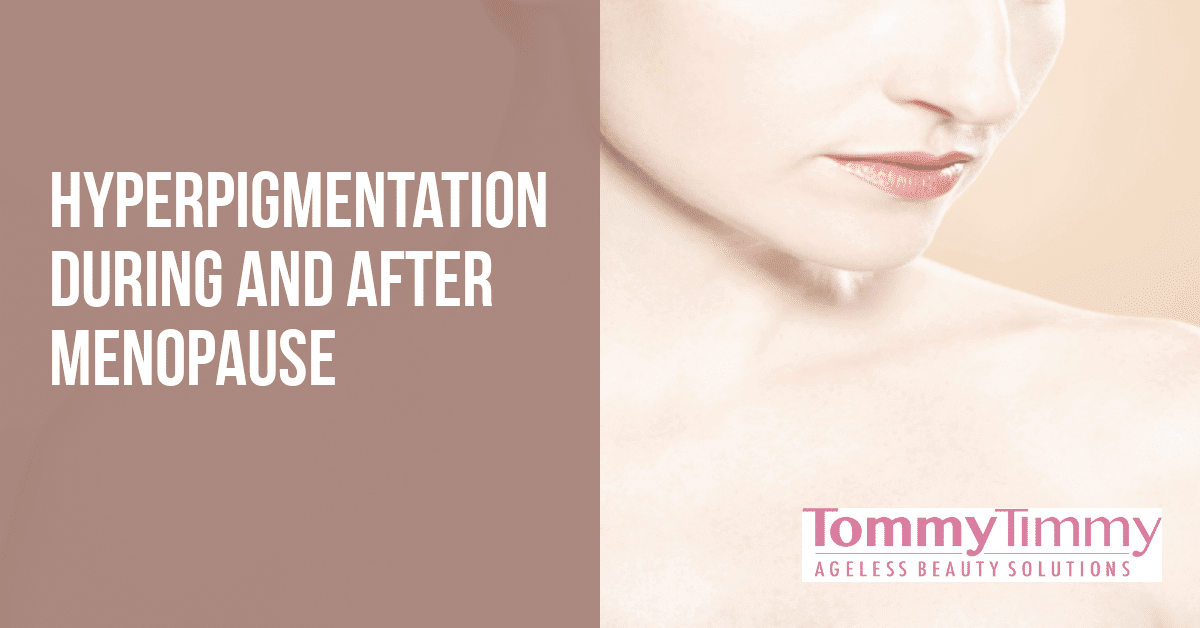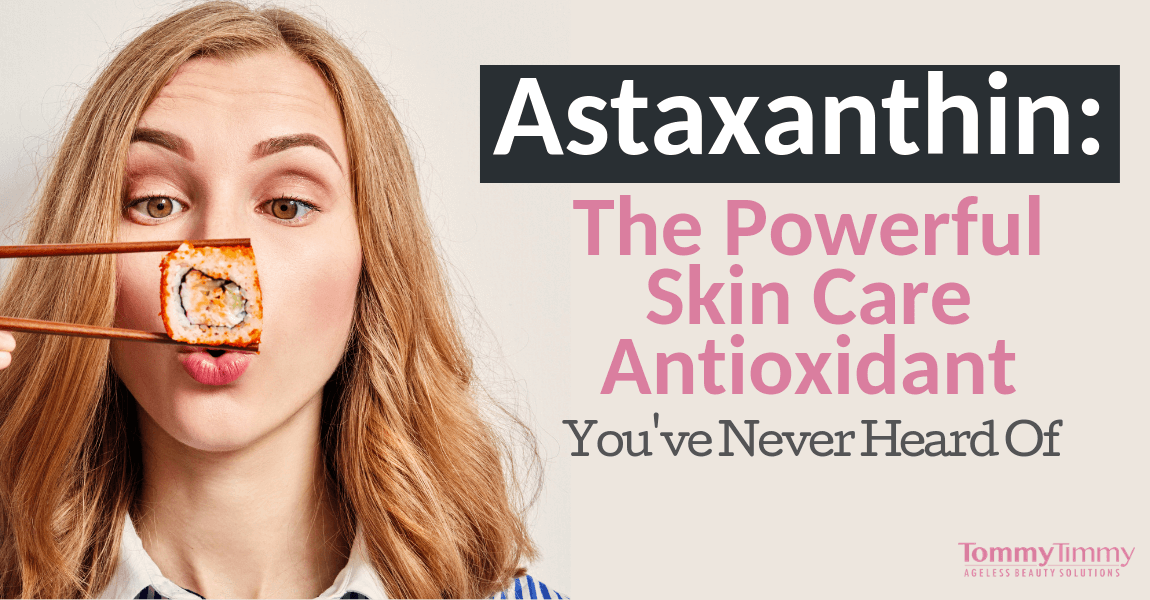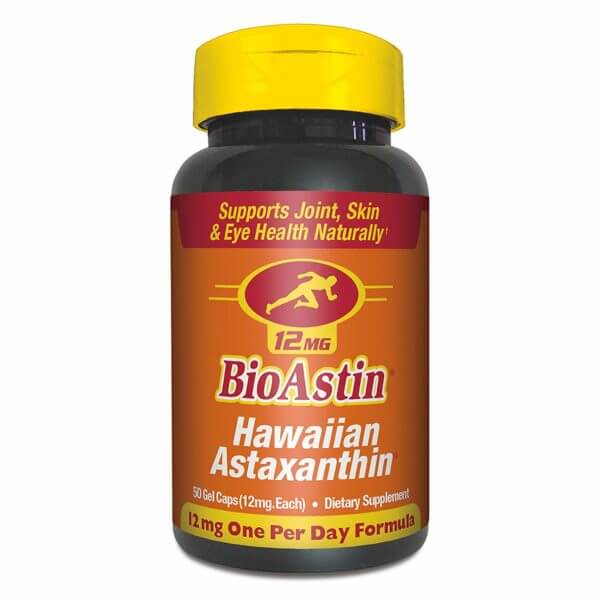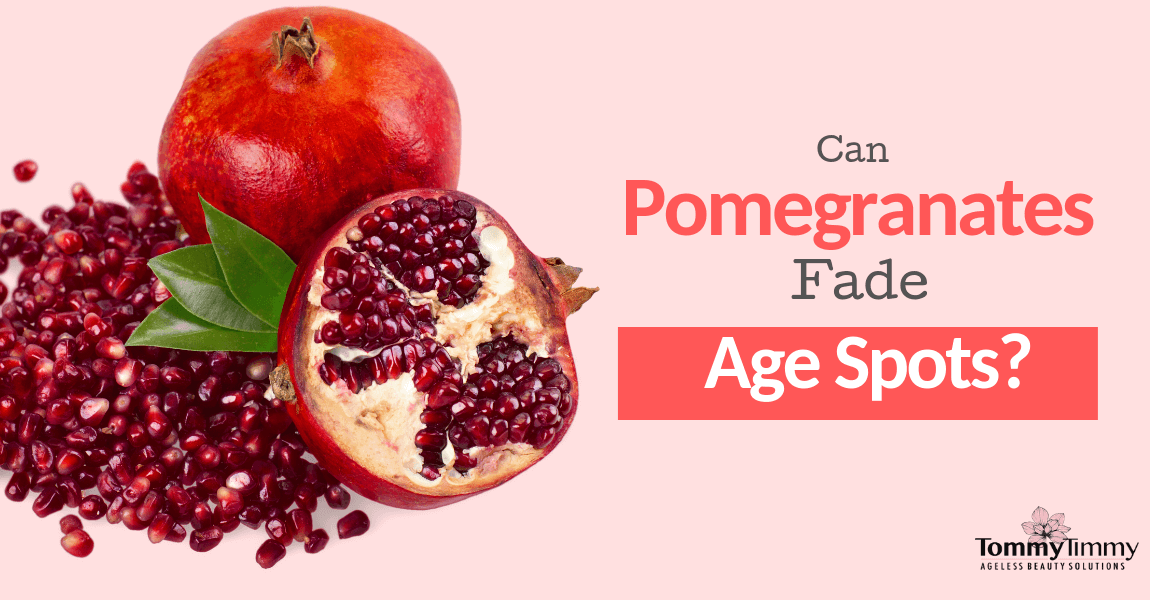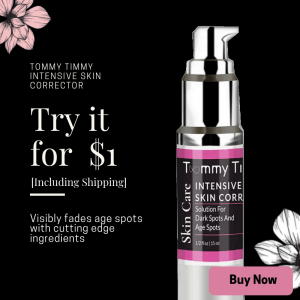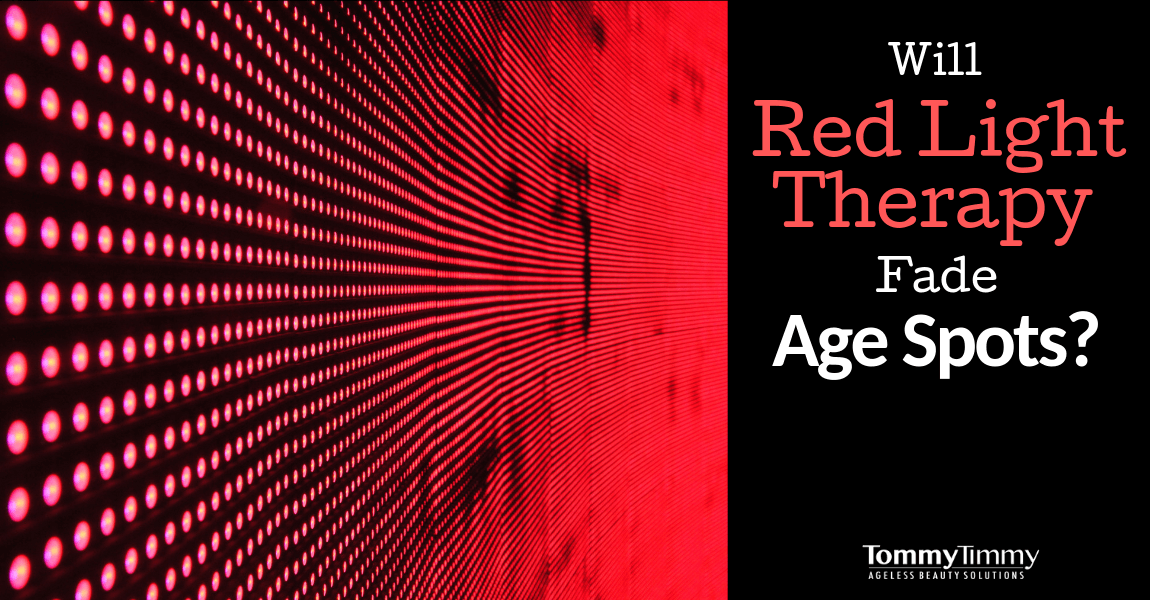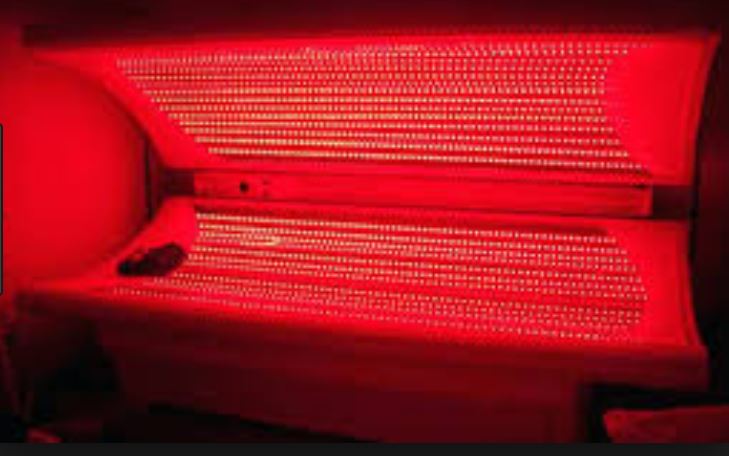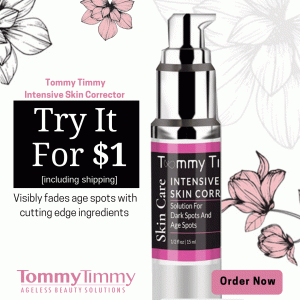Hyperpigmentation is a harmless but common skin condition that is characterized by darker patches. Usually, parts of the skin appear darker than the standard color of the surrounding skin. It occurs when melanocytes become overactive. Melanocytes are skin cells that are responsible for the production of melanin. When melanocytes become overactive, they end up producing high amounts of melanin and result in darker skin patches. Note that skin discoloration can affect people of all ages. However, it’s more prevalent in women who are in menopause and those in post-menopause.
Types of Skin Discoloration
There are multiple types of hyperpigmentation, and they are usually categorized depending on the cause. The three common categories include:
Melasma
This hyperpigmentation is also known as chloasma. Melasma usually affects pregnant women. It’s also prevalent in women who are using birth control pills. Large patches of darkened skin characterize this type of hyperpigmentation and they usually appear on the face, stomach, and forehead.
Acne and Injury
Acne and injuries are common causes of skin pigmentation. They cause skin blemished and leave marks on the skin. Injuries such as scrapes, burns, and cuts also cause skin discoloration, and they are sometimes known as the post-inflammatory type of hyperpigmentation.
Sun Spots
They are also referred to as age spots or sometimes liver spots. Sunspots are the most common forms of hyperpigmentation. Small patches of dark spots characterize them. They usually affect the face, arms, hands, and neck.
Additionally, they also affect other areas that are regularly exposed to sun rays. They commonly appear in older adults. Besides that, they may occur after prolonged exposure to sunlight.
Aging and the Skin
Aging is a process that naturally occurs. It involves two methods, which include changes in the setup of genetics. Besides that, it also involves changes caused by a negative environment. One of the body parts, which is generally affected by aging, is the skin. This external body organ is affected by hormonal and endogenous factors.
So, once a person starts to age, they begin to experience excessive skin dryness. Additionally, the skin layer starts to thin. Well, this is due to issues such as low production of collagen and loss of elasticin fiber. Besides that, the production of sebum is usually low. Other changes include an increase in the rate of perspiration, especially in menopausal women.
Changes in hormonal concentration may also cause menopause skin discoloration. During the menopausal transition, the skin significantly worsens because of the low production of female hormones. Generally, the skin changes considerably in adults. So, this means that their skin requires special care and treatment. This may involve lifestyle changes, the use of cosmetic products, or medical treatment options. A holistic approach is also right. This is because it’s safe and natural. Holistic techniques may make it possible for the skin to attain increased thickness and reduce fine wrinkles.
Skin Discoloration During and After Menopause
Women are heavily invested in their physical appearance. That’s why the onset of menopause usually results in lots of emotional turmoil. There is hair loss, development of fine wrinkles, loose skin, hot flushes, and other side effects. Overall, menopause results in significant physical changes.
During and post-menopause, some women may even end up experiencing pronounced skin pigmentation. This condition is also called melasma when it affects the face. The modeled type of pigmentation affects the forehead, cheeks, and upper lip typically.
Menopausal and post-menopausal skin changes are inevitable. Any woman at this stage in life is bound to experience drastic changes in terms of appearance. At the onset of menopause, the ovary normally stops producing female hormones. This means that many parts of the body, including the skin, will get affected.
The ovary is a crucial organ in a woman’s life. And once the production of the female hormone stops, menopausal skin discoloration starts. This skin complication can also be experienced post-menopause. Biologically, the ovary affects the production of estrogen. So, the lack of estrogen means that the receptors will be significantly affected. They include organs such as the brain, the reproductive organ, breasts, heart, urinary tract, and of course, the skin.
It’s worth noting the estrogen plays a crucial role in the reproductive system. This hormone is responsible for ovulation and implantation. In addition to that, it maintains the pregnancy, and it’s critical to breastfeeding.
Nature of the Skin
This is indeed the largest organ in the body. Generally, the skin acts as a protective barrier. It protects the internal organs from damage. It’s made of three layers which are:
The Epidermis
It’s the thin outer layer. The epidermis consists of three cells which are the squamous cells, basal cells, & melanocytes. Squamous cells are found in the outermost layer and they are usually shed continuously. Basal cells are located below the squamous cells, while the melanocytes are responsible for making melanin. It’s the high production of melanin, which usually leads to hyperpigmentation.
Dermis
It’s the middle skin layer, which consists of the blood vessels, sweat glands, nerves, lymph vessels, collagen bundles, and hair follicles. The dermis provides the skin with tensile strength. This is because it has connective tissues such as elastin and collagen. Besides that, it also contains receptors that feel touch and pain.
The Subcutaneous Fat Layer
It’s the deepest layer of the skin. This fat layer has an extensive network of fat cells and collagen. It’s responsible for protecting the body against injuries thanks to the fat, which acts as a shock absorber. Additionally, it helps to conserve heat in the body.
The overall nature of the skin is to act as a protector. It’s the primary barrier that protects the body against micro-organisms invasion, dehydration, and environmental pollution.
Common Causes of Hyperpigmentation during and After Menopause
Naturally, the way the skin functions changes with age. This is because its structure also changes due to hormonal factors. During and after menopause, the difference in metabolism and hormonal deficiency results in significant deterioration of the skin’s quality. The leading causes of hyperpigmentation during and after menopause are:
Hormone Fluctuations
During the young reproductive years, estrogen hormone keeps the skin healthy and supple. In addition to that, it also helps to regulate the male hormone. However, during these two phases in a woman’s life, the level of estrogen usually drops. The low production of estrogen leads to atrophy, a condition that is characterized by skin thinning. Besides that, it may lead to decreased production of sebaceous secretions and collagen production. Note that estrogen deficiency may also hasten the aging process of your skin. All these complications may result in skin discoloration.
Hormone and Stress
During menopause and post-menopause, the body changes, and most women are stressed. This may be caused by emotional, psychological, and physical changes. So, the body ends up producing high levels of cortisol, which helps to manage stress. A high level of cortisol in the body leads to estrogen imbalance, which leads to hyperpigmentation. So, avoiding stress is one of the key ways to prevent skin discoloration.
Sunlight Exposure
This is the most common cause of hyperpigmentation in older women. The skin usually thins during and after menopause. This means that it cannot adequately handle exposure to intense sun rays. Constant exposure to sunlight is also one of the main reasons why many women have recurrences of hyperpigmentation.
Understanding Hyperpigmentation During and After Menopause
Estrogen moderates the production of melanin. The hormone helps to balance the production of this skin pigment by keeping everything under control. But as menopause begins, the skin becomes sensitive. This is because of the low production of estrogen, which affects the production of collagen fiber and oil by the sebaceous glands.
So, when the skin gets exposed to the UV rays, a woman is more likely to experience brown and dark age spots. They are more prevalent in exposed areas such as the face, hands, chest, neck, and arms. The lack of sufficient estrogen production increases the synthesis of melanin as a counteractive effect. This is a protective type of response as the skin tries to protect the inner layers. Note that skin discoloration may also be accelerated by using tanning beds.
Most women entering their 40s and 50s will experience menopausal skin changes. New patches of dark pigmentation will start to appear on the skin. They are usually known as age or liver spots.
Managing Hyperpigmentation During and After Menopause
Menopause usually causes a significant shift in a woman’s life. It completely changes the way you appear. So, how do you manage hyperpigmentation during and after menopause? Well, the first step is by implementing dietary and lifestyle changes.
You can no longer eat junk, processed foods. Your diet needs to contain high amounts of vitamins such as B, E, and D. Besides that, you should take high amounts of omega-3 fatty acids and proteins. These are important for the development of collagen and the regulation of hormones in the body. In addition to those, ensure that you drink lots of water. This is because menopause makes the skin thin and susceptible to dehydration.
Other lifestyle changes that you should implement includes getting enough sleep and avoiding excessive consumption of alcohol. Note that menopause comes with a lot of emotional changes. So, you may want to indulge in alcoholism to deal with these new changes. However, this will only make the condition of your skin worse. Besides that, avoid tobacco smoking and your exposure to second-hand smoke. All these will help to reduce your chances of developing hyperpigmentation.
Note that lack of sleep may also make your skin weak. So, make sure that you get at least 8 hours of sleep. To improve your skin’s elasticity, opt for cold showers. They increase the flow of blood under the skin. Besides that, they help to minimize hot flushes, which are common during menopause.
Conventional Treatment of Hyperpigmentation During and After Menopause
There are various multiple treatment alternatives to address hyperpigmentation. Menopausal and post-menopausal women are prone to this condition because the skin is weak at this point. Additionally, their bodies don’t produce the desired amount of estrogen, which regulates various functions of the skin. Some of the conventional treatment options include:
Contraceptive Pills
There are contraceptive pills which help to treat various skin problems. Contraceptives which contain drospirenone can help to suppress the level of male hormone in the body. This is particularly beneficial in women who are transitioning to menopause. These drugs help to increase the production of collagen, restore the moisture content in the skin, and increase the skin’s thickness. Note that the enhanced estrogen production can also reduce fine lines and wrinkles, which is prevalent post-menopause.
General Menopause and Post-Menopause Skin Care Tips and Techniques
• Avoid smoking and drinking alcohol excessively: Alcohol and tobacco can significantly affect your skin’s appearance.
• Avoid stress: although menopause comes with lots of emotional changes, ensure that you avoid stress at all costs. A high level of stress can decrease the level of estrogen further and your skin discoloration may even get worse.
• Engage in facial exercises: These are activities which help to exercise your facial muscles.
• Change your diet: Eat more fruits and vegetables. They contain fiber and protein which help to nourish the skin.
On the other hand, avoid processed foods and those with high sugar content. Besides that, ensure that you drink water frequently on a daily basis.
• Limit your skin’s exposure to sunlight: Although your skin needs vitamin D, limit your exposure to sunlight. If you want to bask, do so early in the morning or late in the evening.
Additionally, make sure that you use an SPF day cream whenever you are going out.
• Take supplements: note that menopausal skin is usually dry because of lack of nutrients and oil. So, take supplements which have high amounts of omega 3 and 6. They help to increase the production of collagen and regulate hormonal production. All these have significant effects on the pigmentation of the skin.
• Avoid showering with hot water and harsh cleansers: hot water will strip your skin of natural oils. So, use warm water and a mild cleanser to wash your skin. It’s also important to not shower more than two times a day.
• Use moisturizer and gentle serum: moisturizing the skin helps to keep it hydrated. It also helps to slow down the effects of aging. Besides that, use serums that have beta hydroxyl acids. This is because they help to brighten the skin without aggressiveness. Besides that, they promote the production of collagen.
Conclusion
Hyperpigmentation is a skin condition which women in and post-menopause commonly experience. The hormonal changes usually make the skin lose its elasticity. Besides that, the production of melanin is ordinarily low. Although this is a harmless skin condition, the undesirable patches may make women lose their self-confidence. Note that during and after menopause, women naturally undergo a lot of physical changes. So, the presence of a hyper-pigmented skin can wreck their esteem even further.
However, it’s possible to deal with this skin condition and minimize its effects. The best and first treatment option for skin discoloration is prevention. Avoid overexposing your skin to sunlight. If you must go out, wear sunscreen. Besides that, it’s also vital to implement new lifestyle changes. Eat healthy meals, avoid processed foods, and drink lots of water.
Additionally, make sure that you work out and get enough sleep. In case your hyperpigmentation is severe, you can choose to seek medical attention. Your doctor will sample your skin, and after that, recommend the best type of treatment.

